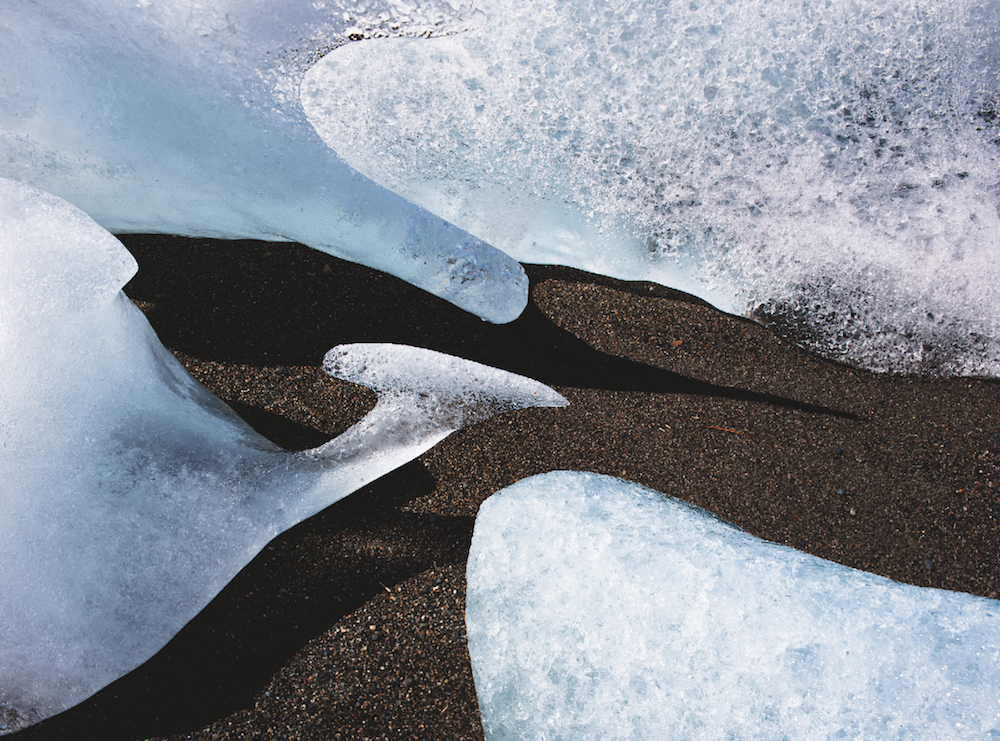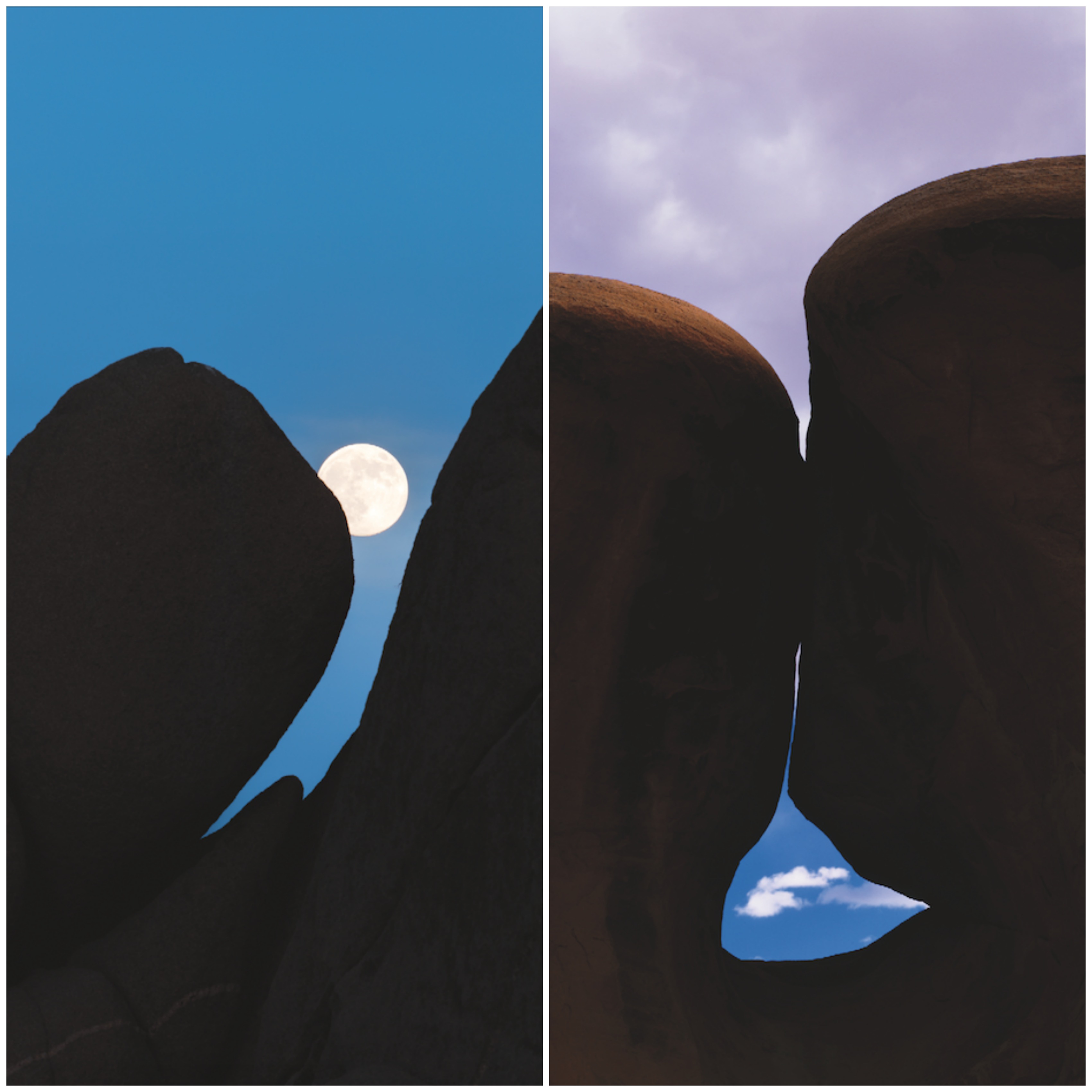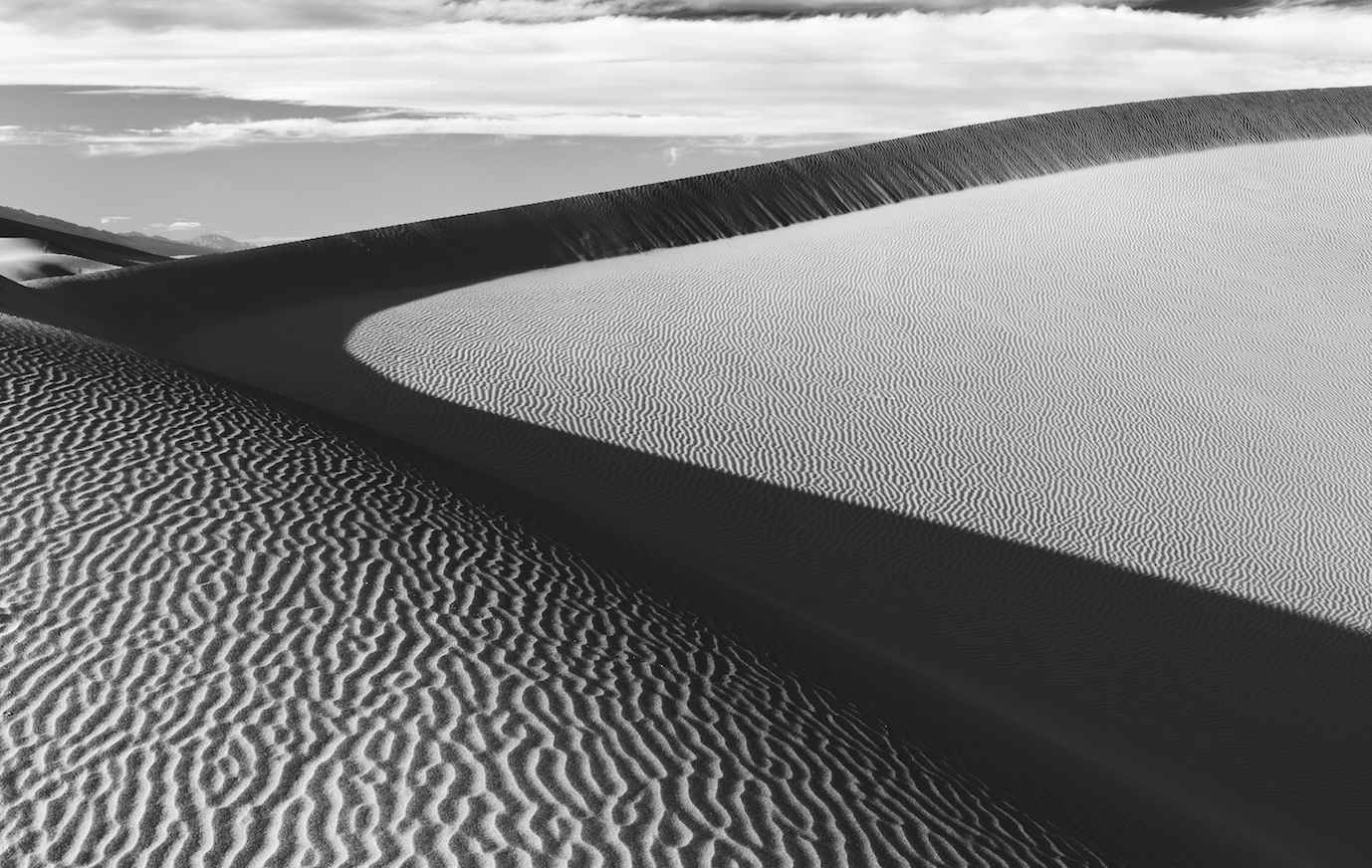
Images by Jack Dykinga
There’s a time when the subject matter of your photograph shifts from what you originally planned. An example of this is when the negative space, or the background space, or a vacant shadow area forms an interesting design element in itself. I can recall photographing hoodoo rock formations in the Grand Staircase-Escalante National Monument in southern Utah. I was carefully crafting an image that featured two giant boulders, with a narrow sliver of daylight in between. As I was photographing the boulders, I soon recognized that my subject was no longer the rock formations, but had become the sky in the triangular space between the massive black shapes. I wanted to further emphasize the triangular section of sky and the solution came with patience and a passing cloud. Thanks to the unexpected appearance of the cloud, the eye would now lock on to my selected area of interest.

Predictability is the enemy of great photography. Being open to the surprises and visual gifts along the way can redirect our vision to the unexpected magic. One of the things I emphasize to students is to squint while looking at images. This reduces photographs to shades of dark and light. An image viewed thusly is reduced to design elements and no longer represents a particular subject … it’s just a design. It’s a good way to test a composition. Dark shadows are powerful design elements that create shapes and subjects in tandem with the documentary aspects of an image. An image that carefully utilizes the strength of negative space has extra power. Converting an image to black-and-white can emphasize shadow shapes even further. The contrast can be increased without the associated color shifts that affect color images.
In this image of Death Valley’s Mesquite Flats Sand Dunes, I increased the contrast in the patterns to strengthen the triangular shadows bordering the wind-sculpted dunes. As a result, the Y-shaped shadow line turns into a key design element. When I squint at this image, it becomes purely a design of blacks, whites, and greys. Exactly what I was after.


This article was taken from Capture the Magic by Jack Dykinga. Enjoy the full bookhere.
